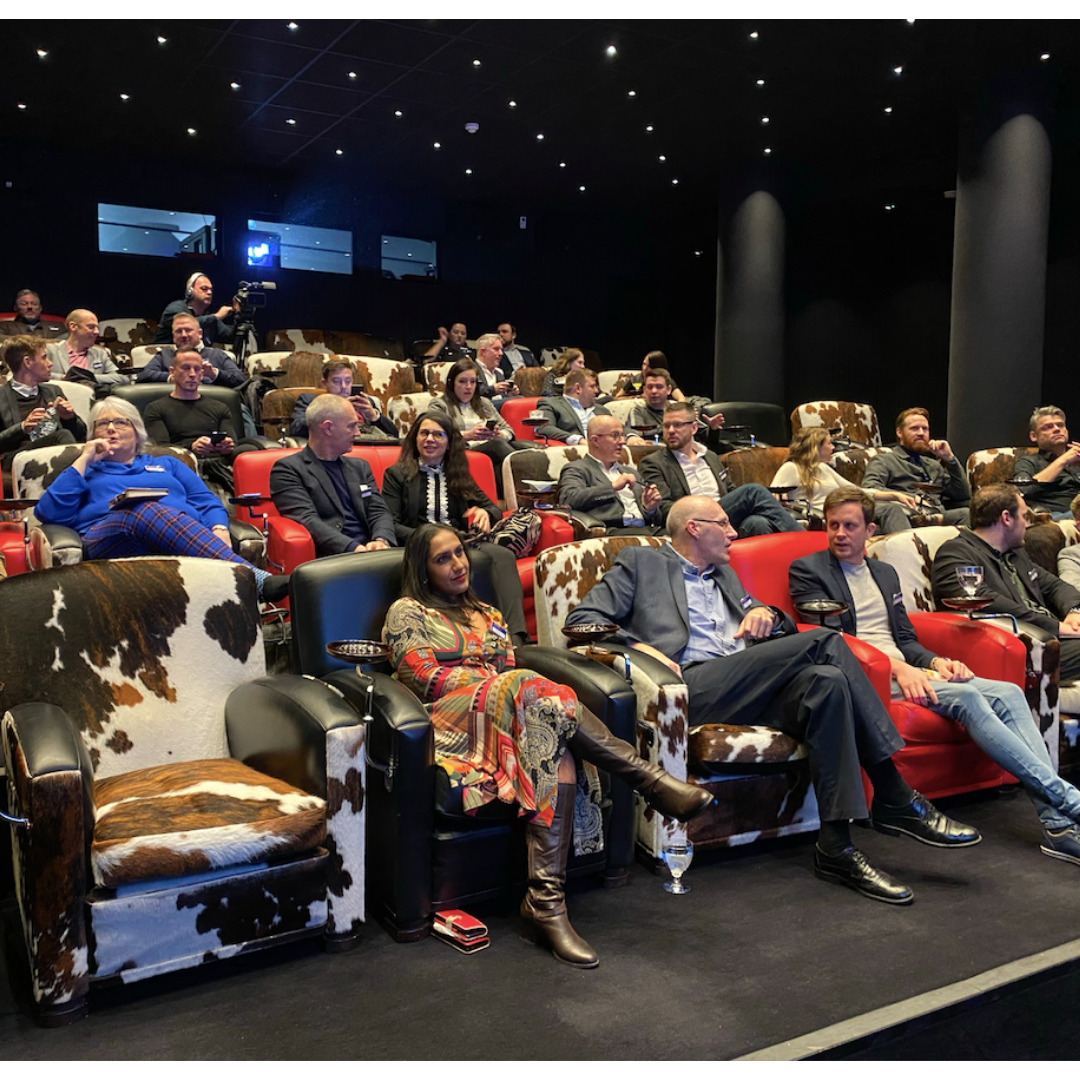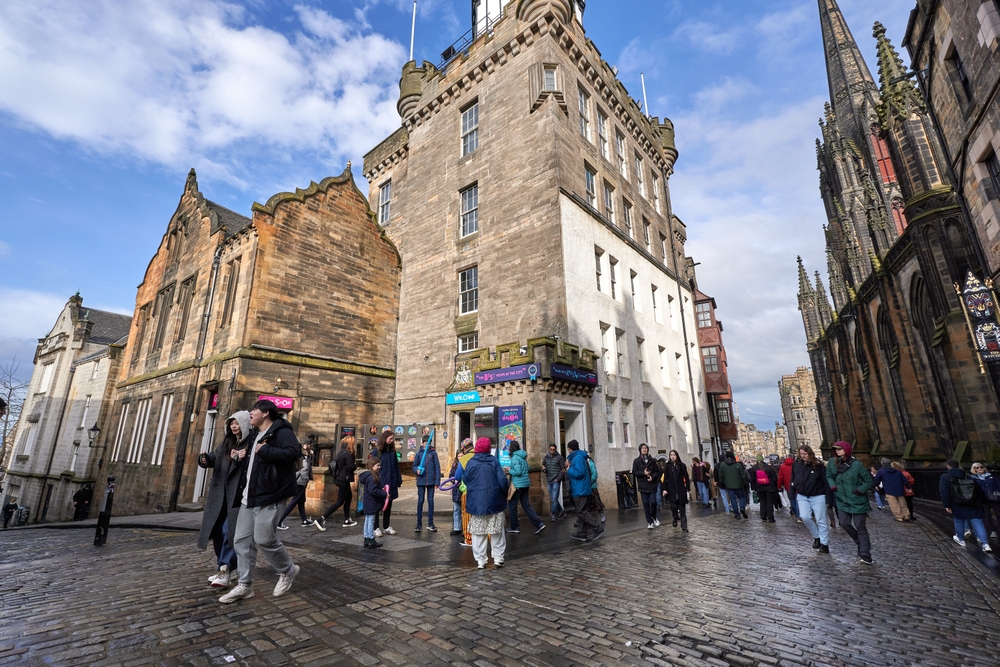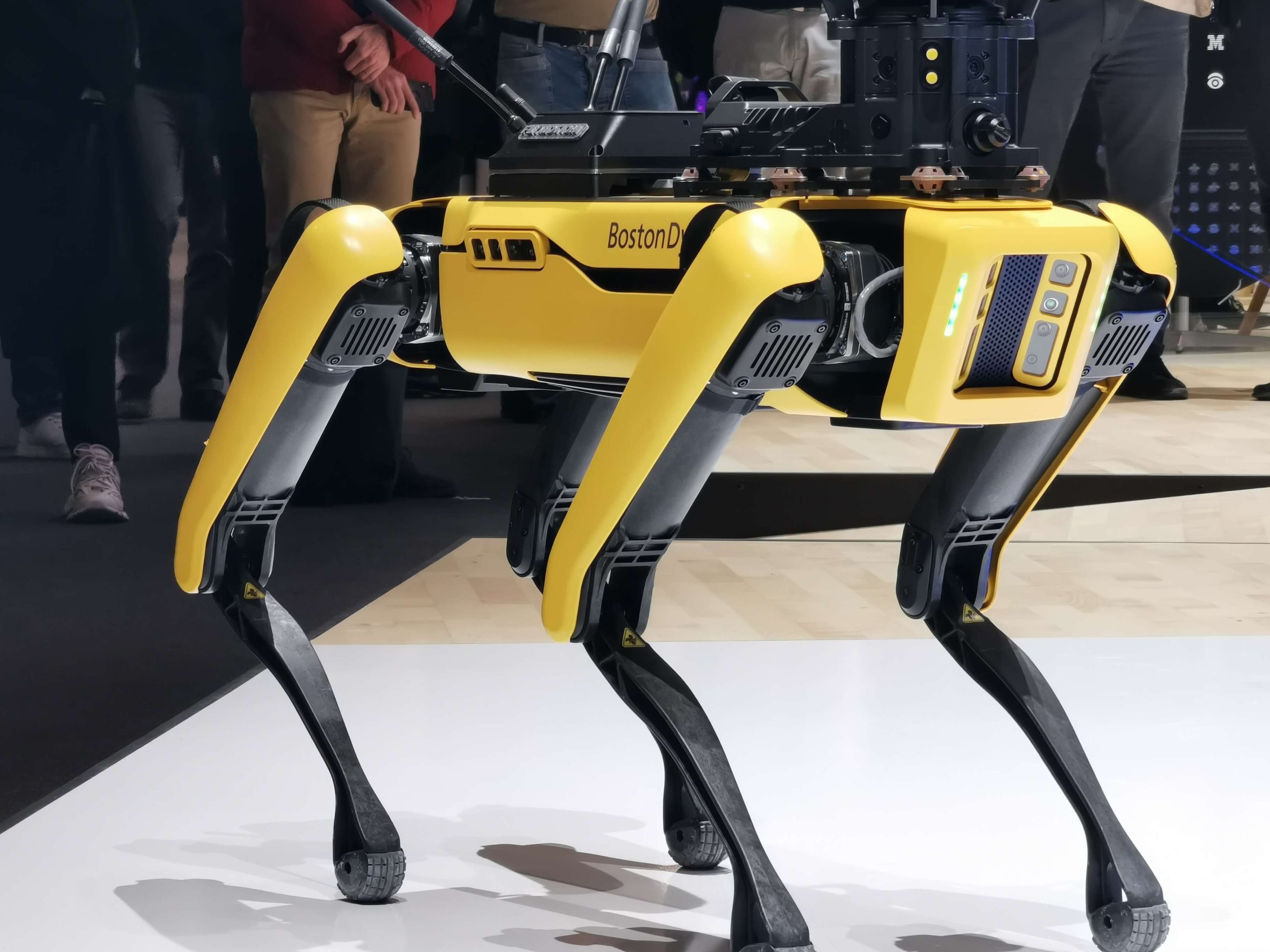Use cases
Experiential
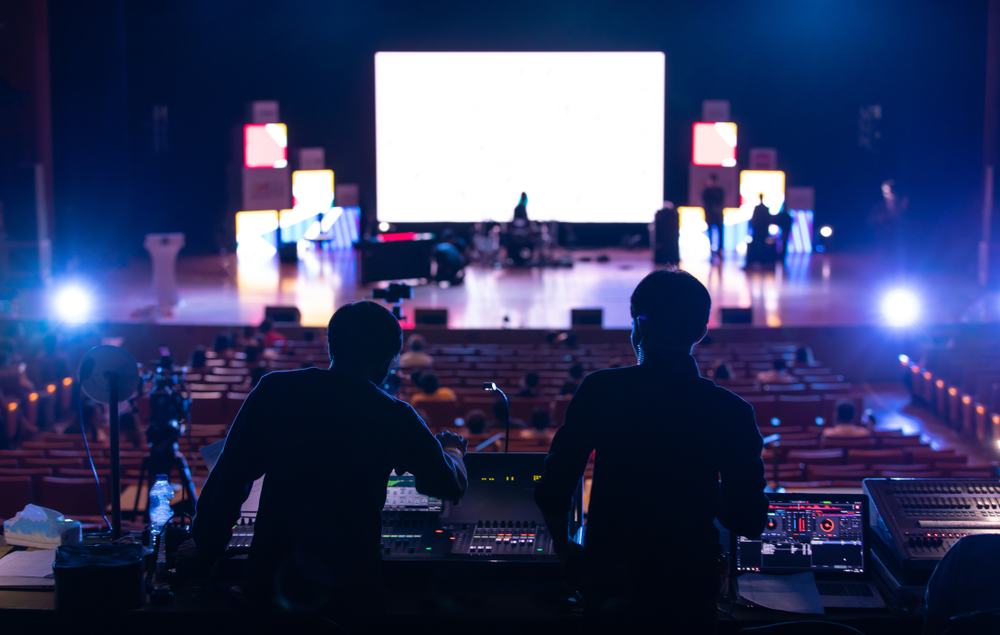
Why do you need Experiential Marketing software?
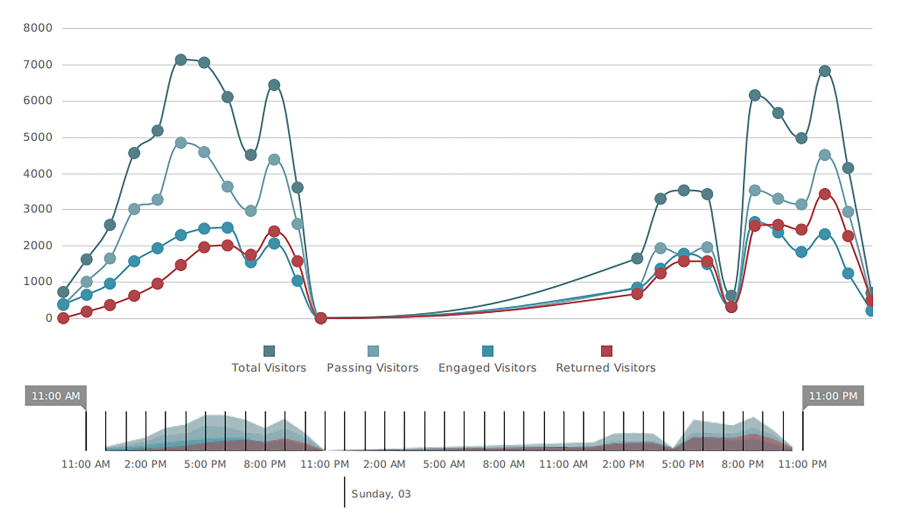
Get Clarity on ROI
With our Insights Dashboard, you can instantly view the metrics that are currently being recorded during the event, or have already been recorded post-event. This means that you have complete access to live analytics as the event progresses, as well as access to a full report of the total engagement at the event once it has concluded.
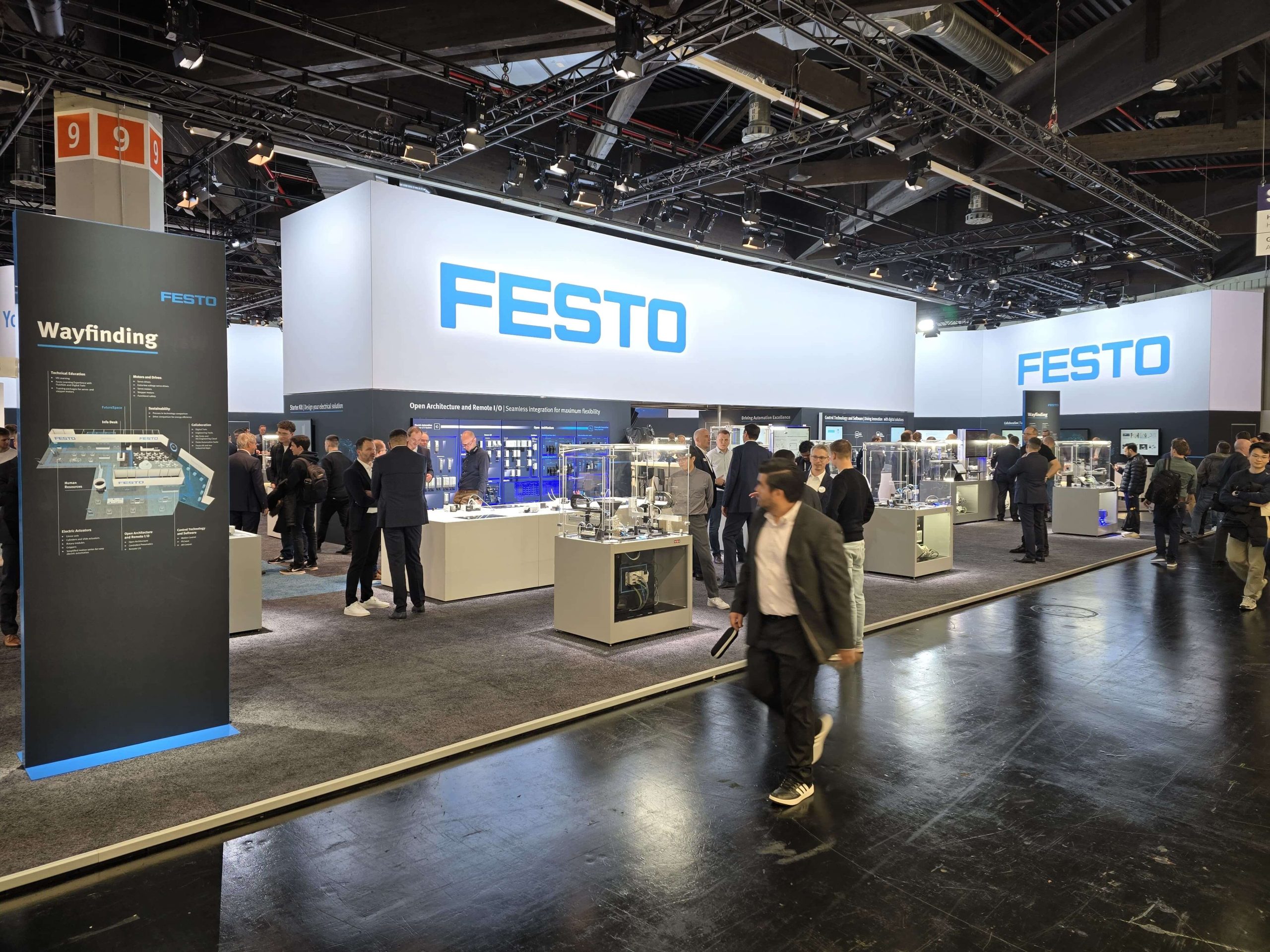
Improve Your Customer Experience
Exposure Analytics’ solutions, including our popular Apex, do not disturb the experience of your customers during the event, but can actually improve it – both in real time and in the future.
Showcasing the live number of people in an area can help prevent overcrowding as it can inform customers that they will have to wait before they’re able to enter that area if the maximum figure has been reached. In turn, this can improve their customer experience during the event as overcrowded rooms may negatively affect their overall experience.
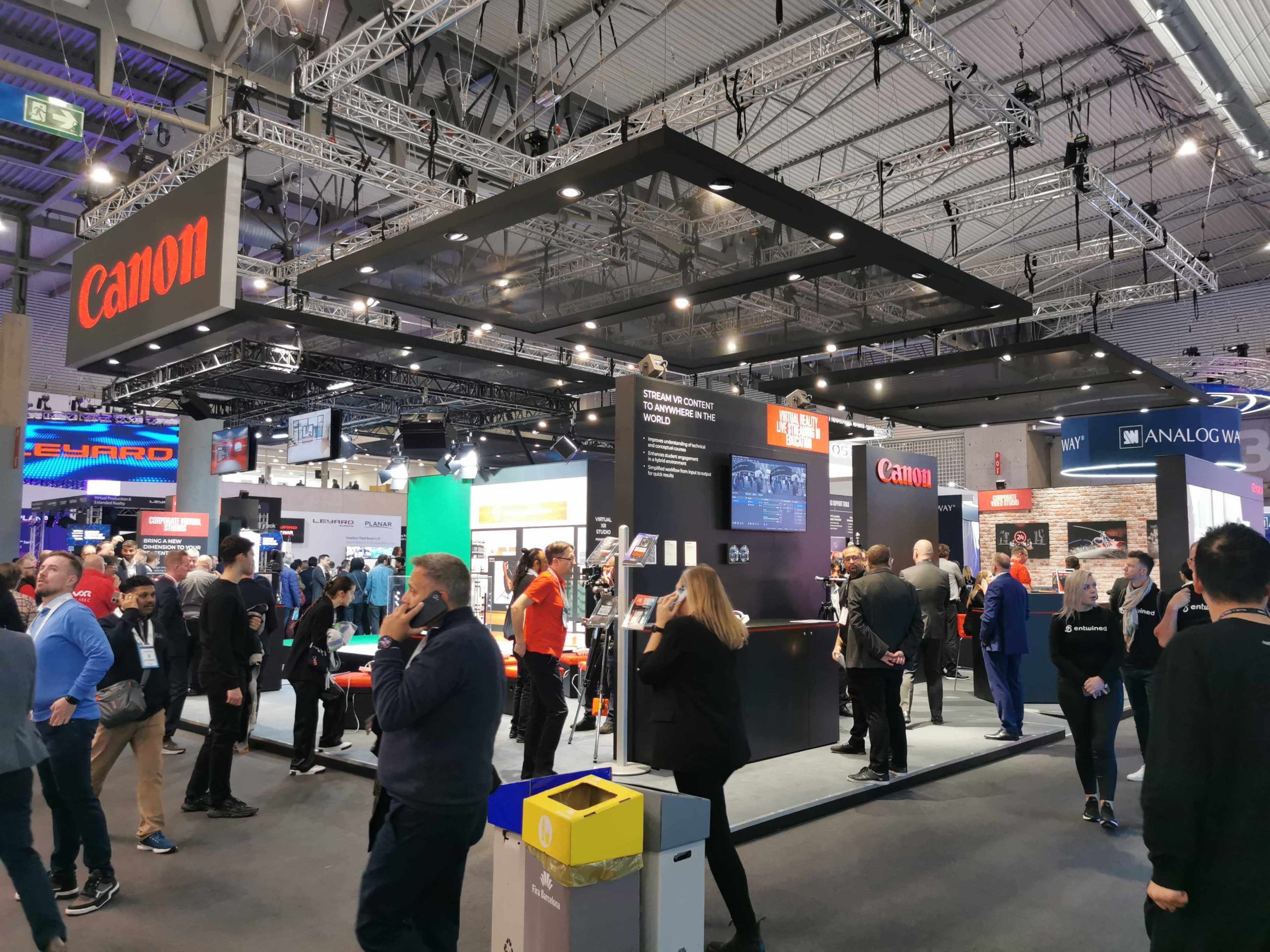
Understand your customers
Our product can also assist with traffic, especially as People Co-ordinates can track the movement and behaviour of customers during the event. With this product, you can measure specific interactions and dwell times of customers, seeing whether they’re engaging with your event in the way that the event has been designed for them to.
How we measure success
We support some of the largest brands – both directly and through agencies – across 35 countries worldwide.
Preperation
Our team of analytics experts spend time understanding what you want to measure and advising on other metrics available through our state-of-the-art sensor system.
If you touring experiential and live events in multiple locations around the country, the data gathered from our solutions can help compare different locations to determine which ones can provide optimum footfall and visitor engagement for better results.
Based on the data requirements, our team scopes out which sensors are required to capture the data; we work with you to formulate an install plan as well as getting you set up on your events dashboard.
Activation
Once your activation is live keep tabs on its impact, check the stats by the hour, daily and weekly. Compare days by day and week by week. Weather information on the platform allows you to see if it impacts your activation.
Consolidation
Once your activation has finished review the data In our portal. If you want we can book in a time to do a deep data dive. There is an option to download the information but here you have first-hand data that allows you to take informed decisions about your next event.

FAQs
Got questions?
We’ve got answers! Explore some of the most common queries on our FAQ and Glossary page.

Ready to reap the benefits of benchmarking? Try a free demo
If competitor benchmarking has struck a chord, our team is here to help you understand how our innovative technology can open the door to powerful insights. You can even get a taste of competitive benchmarking with a free demo.
